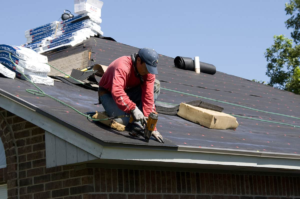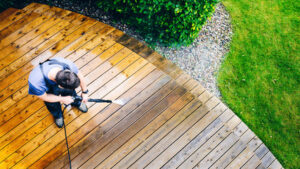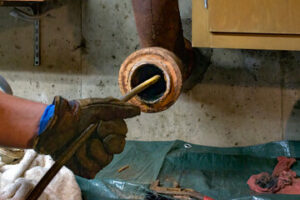Poker is a card game that requires a large amount of luck and patience. It’s a good idea to play with money you are willing to lose, and to track your wins and losses.

It’s also important to know how to read other players. This can help you make better decisions at the table.
Poker is a card game that can be played with two to ten players. Each player receives two cards, which are called “hole cards,” that other players cannot see. These cards combine with the five community cards to form a hand. The value of a hand is determined by its ranking, or order. The higher the rank, the better the hand.
The first step to playing poker is understanding the basic rules. There are many variations of the game, but most follow the same basic rules. The most popular version is Texas Hold’em, which is played in casinos and on television. There are also a number of different online poker sites that offer the game.
Besides knowing the basic rules, you should learn how to read and calculate betting intervals. This will help you determine how much to call or raise when you have a strong hand. You can also use this knowledge to make more profitable bets when bluffing. However, it is important to remember that poker is a game of chance, and that there is less skill involved when no chips are at risk.
You can learn more about the basics of poker by watching experienced players. Observe how they react and try to replicate their actions to build your own instincts. It is also important to set limits on your money and not play with more than you can afford to lose. This will keep you from spending too much time at the table, and it can help you avoid losing all your money.
Variations
There are many different poker games, and while the basic rules of poker remain the same, each game has its own unique set of rules. It is important to learn the rules of each poker variation before playing so that you can make informed decisions. This will help you increase your chances of winning.
One of the most popular variations is Five-card draw, which is a simple card game that offers an element of strategy. In this game, each player has five cards and must form the highest unpaired hand. It can be difficult to gauge your opponent’s strategy in this game, and it is often a good idea to study the order of poker hands from high to low before you begin play.
Another popular variation is Badugi, which has a unique hand ranking system that doesn’t always cross over to other forms of poker. It falls under the draw and lowball families of poker, but it is different from other poker variants in that it doesn’t use common cards. This makes it a good choice for those who want to try something new.
Betting intervals
The betting intervals are the sequence of chips (representing money) that players place into the pot during a deal. Each player must put in the same number of chips as or at least raise (better) the bet of the player before them. A player who places in enough chips to exactly match the previous bettor is said to call. If a player wants to remain in the game without placing in any chips, they can check, provided no other player has made a bet during that betting interval. Otherwise they must either call or drop. Each betting interval ends when the last player to act has raised or dropped.
Bluffing
Bluffing in poker is an important skill that can be used to manipulate your opponents. If done correctly, it can also be profitable. However, bluffing can also be risky, and it is vital to consider the odds of your opponent calling your bluff before making it. In addition to the bet size and equity, you must take your opponent’s image into account when deciding whether or not to bluff.
It is also important to understand how to calculate the breakeven % of your bluffs. This will help you put mathematical backing behind your bluffing decisions, and will make it easier to see if the bluffs you’re considering are profitable or not. In this video I’ll show you some simple formulas and auto-profit examples that you can memorize to help you with this task.
To bluff successfully, you must be able to read your opponent’s emotions and body language. Nervous tics, fidgeting, and avoiding eye contact can all indicate that your opponent is bluffing. You should also pay attention to inconsistencies in your opponent’s betting patterns. For example, if they raise their bet in the middle of a hand when they normally call, this may be a sign that they are holding a strong hand.
In addition to knowing your opponent’s image and tendencies, it is also important to consider your own table image. If you’re seen as a tight player, your bets will be more likely to be believed as representing strength and your bluffs will be more successful. Conversely, if you’re perceived as a loose player, your bets will be seen as less serious and will be more likely to fail.
It’s also crucial to remember that bluffing can have psychological effects on your opponents. If your opponent calls your bluff, they will feel a range of emotions, from frustration and anger to doubt and uncertainty. This will affect their decision-making, and can cause them to fold more often in the future. Bluffing is a great way to improve your poker game, but it should be done with care and consideration.








